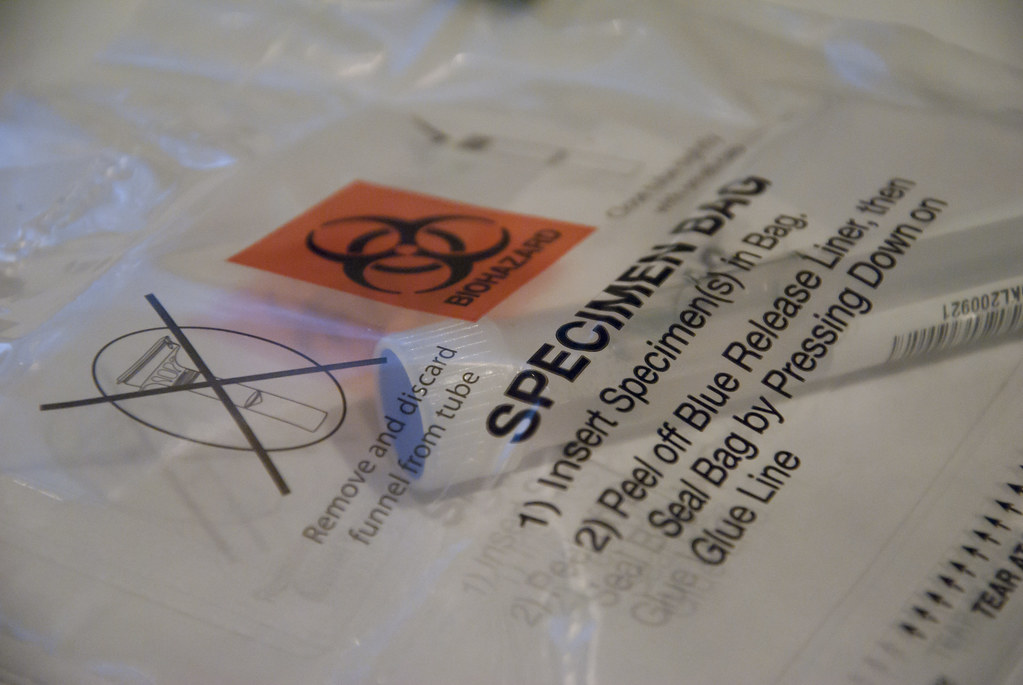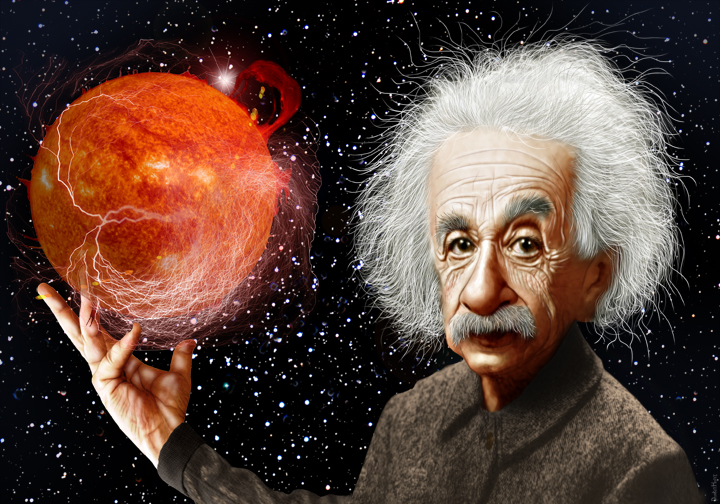The history of mRNA vaccines stretches back to the early 1960s, when the existence of mRNA was first discovered. However, only until the COVID-19 pandemic was it available to the public as a result of prior technical limitations and little need for mRNA vaccines in the US.
Before COVID-19, the first mRNA vaccines were developed to target the Ebola virus, a disease less common in the United States. In response to the pandemic, the first clinical batch of the Moderna mRNA COVID vaccine was conducted in February of 2020. On Dec. 14, 2020, mRNA vaccinations in the US began.
mRNA is a type of genetic information that codes for the proteins we have in our bodies. Thus, while traditional vaccines use a weakened or inactivated germ to trigger an immune response, mRNA vaccines use mRNA to code for only a portion of that germ. The portion of the germ that is coded for by this inserted mRNA is typically the part that actually induces the immune response. For COVID specifically, only the “spike protein,” or the protein on the outside of the virus, is produced by mRNA.
In comparison to traditional vaccines, mRNA vaccines also tend to be faster and easier to make. Traditional vaccines require the right type of protein to be made, while mRNA vaccines only require the mRNA molecules to be produced. This is a process that is comparatively easier.
In addition, unlike other conventional vaccines, mRNA vaccines are unable to transmit infections because whole microbes are not created. Still, mRNA vaccines and traditional vaccines both raise the body’s defenses towards the germ by beginning to produce corresponding antibodies, allowing for a better response once infection actually occurs. Additionally, as with any vaccine, some risks and side effects remain.
The COVID-19 pandemic provided an opportunity to demonstrate the efficacy of mRNA vaccines. The success of Pfizer and Moderna’s mRNA vaccines also spurred an ongoing movement to develop similar vaccines that target illnesses such as HIV, the flu, and cancer. However, these advancements have also come with an uptick in anti-vaccination sentiments.
During the pandemic, many rallied around common anti-vaccination beliefs. For instance, a big part of the anti-vaccination movement is the idea that vaccines cause conditions such as autism. “During quarantine, there was definitely a lot of news, especially on the internet, about how vaccines were or weren’t dangerous,” sophomore Ziching Yang said. This difference in opinion continues today, influencing future applications and development of mRNA vaccines.
If you would like to voice your opinion on an issue you feel is relevant to our community, please do so here. Anyone is able and welcome to submit a Letter to the Editor, regardless of journalistic experience or writing skills. Submissions may be published either online or in a print issue.








